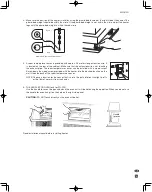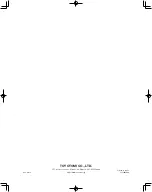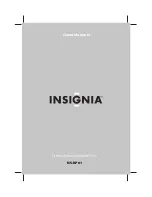
14
ENGLISH
,
INSTALLATION OF HEATER AND FLUE PIPE
A) Before commencing any installation work, check that the proposed installation will comply with Building Code
requirements and Local Consent Authority rules that may apply to vented heaters in your area. (Check your
Local Authority website, or consult your Installer / Supplier.)
B) The Flue Pipe is designed to be installed through the wall of any conventional building cladding, including
Brick, Hebel, Linear, Gibraltar and Plaster Board, Tiles, Weatherboard, Plastered Polystyrene, and metal
profiles etc.
C) The heater is designed to be operated at altitudes up to 1000 m, above sea level. For installation at altitudes
between 1000 m and 1500 m, adjustments by authorized serviceperson is necessary. Consult your supplier for
advice.
1. Select heater location. Ensure minimum clearances as indicated below between heater and nearest
combustible materials. Provide service access to clean the rear circulation air filter, integral fuel strainer and
reset button.
More than
150 cm
More than
60 cm
More than
30 cm
More than
10 cm
More than
30 cm
Fig. 1
2. Ensure the outdoor flue discharge area is clear of anything that might be affected by the hot flue exhaust gas.
(See Fig. 2 and 3.)
The Flue Pipe (as in Fig. 2), is for wall thickness from 130 mm to 320 mm.
Combustible object
More than 600 mm.
Combustible object
Noncombustible object
More than 600 mm.
More than 300 mm.
Flue pipe
* More than 200 mm.
45˚
* Be sure this
clearance will
be maintained
after snowfalls,
etc.
More than
450 mm.
More than 450 mm.
Flue Pipe Installation
Fig. 2
Fig. 3




































